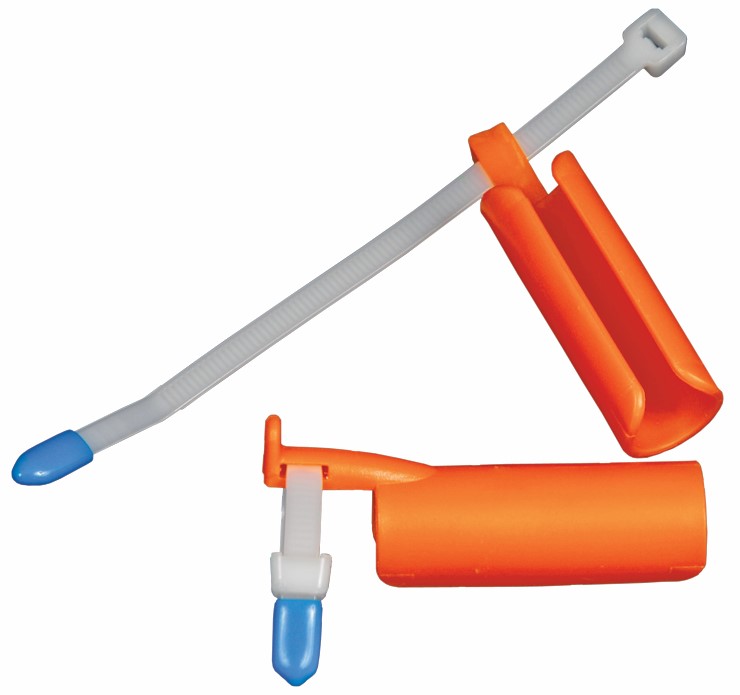Ventilators breathe for patients who cannot, but ironically these life-support devices themselves do not breathe. From ICU nurses new to adjusting ventilator settings to respiratory students learning concepts behind oxygenation, developing skills requires the opportunity to see ventilation physiology in action without risk to patients.
Here test lungs – highly specialized ventilation training aids – play an invaluable role in mimicking human breathing to build confidence and ability before applying to clinical care.
Mimicking Lung Mechanics
In the realm of respiratory education, sophisticated test lung models stand as true artisans, carefully replicating lung mechanics with unparalleled precision.
These models ingeniously simulate respiratory compliance and airway resistance, authentically recreating diverse breathing patterns and ventilation dynamics. Notably, their durability surpasses traditional animal models, offering extended use and reliability.
The versatility of these models is further accentuated by interchangeable lung sets, providing a canvas for exploring variations in compliance and airways. This dynamic capability enables the vivid demonstration of concepts such as the profound impact of emphysema and the nuanced outcomes resulting from therapy adjustments.
The inclusion of built-in sensors elevates these test lung models to the pinnacle of simulation artistry. With waveform readouts mirroring those monitored in actual patients, these sensors provide lifelike feedback.
This feedback is instrumental in developing an intuitive understanding that complements traditional learning on ventilation principles and equipment. The synergy of technology and lifelike simulation creates an immersive educational experience, sculpting competent and confident practitioners in the intricate landscape of respiratory care.
Practice Makes Proficiency: A Save Haven for Skill Development
Opportunities for hands-on repetition are essential in solidifying knowledge, particularly in the demanding field of patient care. However, the constraints of patient care responsibilities often limit such opportunities.
Enter test lung workstations – a haven for healthcare professionals to engage in hands-on learning without compromising patient safety.
In this controlled environment, practitioners can experiment freely, pushing the boundaries of their understanding of equipment capabilities and responses.
The “make-a-mistake-and-no-one-gets-hurt” ethos allows for genuine exploration, fostering a deeper comprehension of ventilation dynamics.
Whether simulating the delicate nuances of beginning spontaneous breathing trials or delving into the intricacies of troubleshooting alarms in complex ventilation scenarios, these test lung models serve as invaluable tools.
They bridge the gap between theoretical knowledge from textbooks and the practical application required in real-life patient situations. This transformative experience empowers operators to smoothly translate conceptual understanding into adept and confident patient care.
Partnering-for-Respiratory Education
At Bandb Medical Technologies, we understand the first step toward safely using equipment is thoroughly understanding it. Our specialized test lung models distill decades of engineering knowledge into flexible, durable platforms supporting essential ventilation education for new and experienced respiratory therapists alike.
By replicating lung characteristics, sensors, and resulting parameter changes, the models enhance traditional curriculums with enriched experiential learning critical for patient care. Contact us today to explore solutions made just to your specific training needs.
The Best Products We Offer
- Bubble CPAP
- Cpap For Newborn
- Neonatal CPAP
- Infant Cpap
- Nasal CPAP
- Bubble CPAP System
- Nebulizer
- continuous Nebulizer
- Large Volume Nebulizer
FAQs
Test lungs contain specialized sets of air chambers engineered to mimic human respiratory system compliance and airflow resistance levels. This recreates life-like pulmonary dynamics.
Key parameters modeled include waveforms showing volume changes, resistance factors, pulmonary compliance, and resulting pressure dynamics that trainees monitor and adjust just as with patients.
Mimicking patients provides a safe training environment to develop skills in equipment use, waveform interpretation, and ventilator adjustments without risk as would come with practicing solely on patients.
Beyond concepts, test lungs provide critical hands-on experience with live physiological feedback to ventilation changes. This builds intuitive understanding and skills in applying knowledge clinically.


